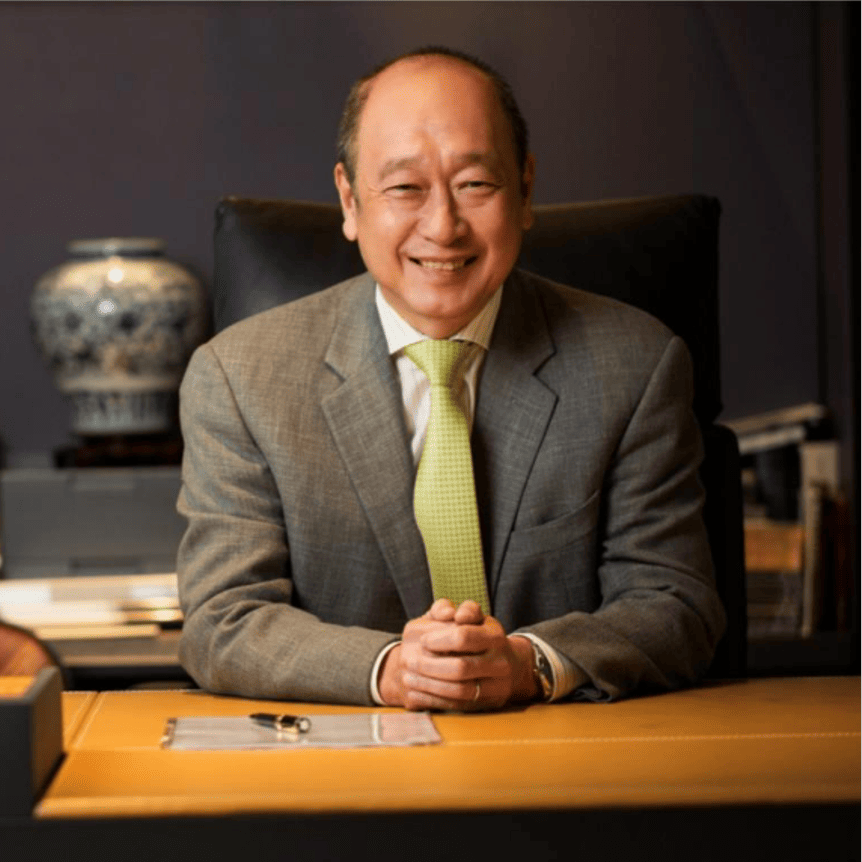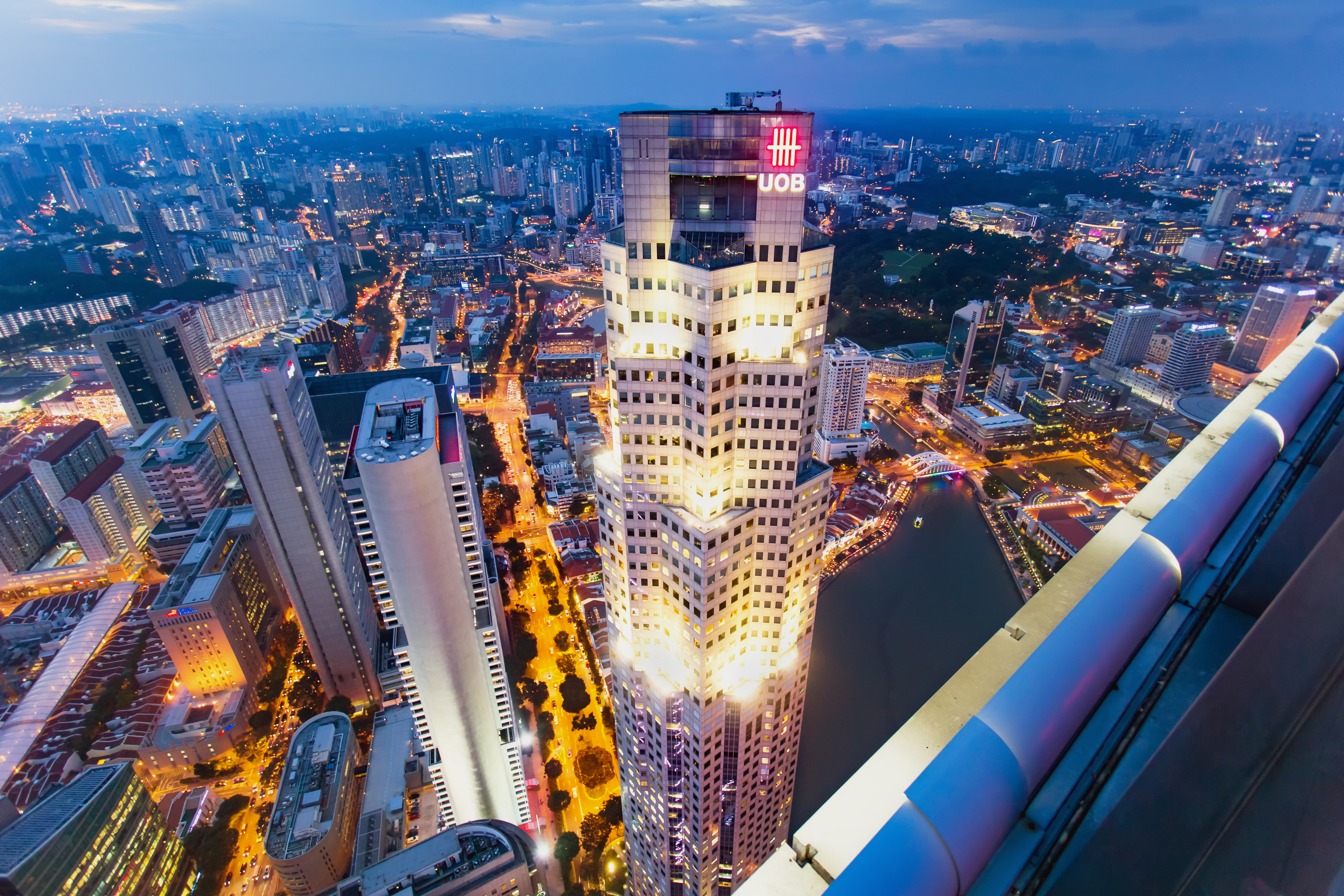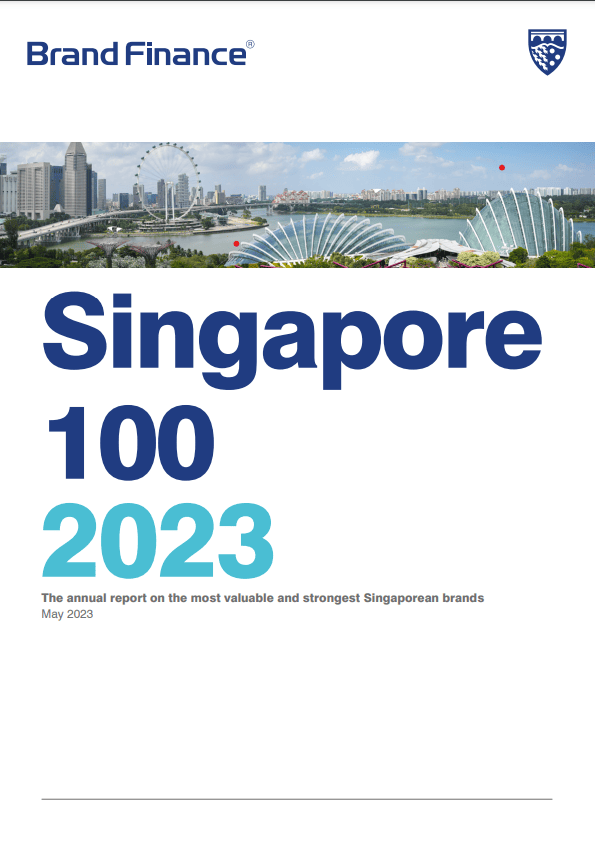This article was originally published in the Brand Finance Singapore 100 2023 report.
Interview with Wee Ee Cheong

Despite strong growth from other bank brands in Singapore, UOB has maintained a leading position in our rankings. To what do you attribute this performance? Can you share with us your opinions on the growth of bank brands in Singapore?
For the past few decades, UOB has been investing to build our strength and differentiation as the truly regional bank in the Southeast Asia region. We have stayed disciplined in making strategic choices.
We have been building on our regional strength, focusing on connecting customers across the ASEAN region and along key trade and investment routes such as the ASEAN-China corridor. We have one of the deepest and widest footprints in Southeast Asia among leading regional banks – in 8 out of the 10 ASEAN countries - and we differentiate ourselves by offering deep sector-specific knowledge.
More than a decade ago, we started a Foreign Direct Investment advisory team to help businesses expand to overseas markets, linking them with professional services providers, local government agencies and providing them with local market insights. Today, we have 10 centres across Asian cities and we are looking to add more. Last year, we took a key strategic move by acquiring Citi’s consumer banking business in four ASEAN markets – in Indonesia, Malaysia, Thailand and Vietnam. With this latest acquisition, we were able to scale our regional retail banking business and accelerate our customer growth target by five years.
About 15 years ago, we started investing heavily in technology and infrastructure, which has amounted to about S$2 billion to date. One of the key undertakings was to build an integrated regional IT platform, to bring a collection of banks that we have acquired regionally, onto a single platform. This common digital backbone across our key regional ASEAN markets has helped to give our customers a seamless experience when they bank with us regionally. This also enables us to go-to-market faster across the region like what we have done with our digital bank TMRW starting with Thailand and Indonesia. The integrated platform also enables us to have enhance risk management.
People are our greatest assets. We stay competitive and nimble by equipping our people for the future. It is critical to build people capabilities that help manage the radical disruptions in the financial industry and future-proof the organisation. Our people are the ones who bring our ambitions, products, services and brand to life.
We also pay attention to refreshing our brand image on a regular cadence to keep with the changing times. Last year, we launched a sharpened Purpose -- ‘Building the Future of ASEAN’ -- as part of our brand refresh campaign. The new brand campaign is how we communicate to the market what we have been doing internally to transform ourselves. Our refreshed brand identitywas rolled out to 19 markets and 500 offices; and the brand campaign was launched across our 7 key markets in Asia.
“UOB has been building on our regional strength, focusing on connecting customers across the Asean region and along key trade and investment routes such as the Asean-China corridor. We have one of the deepest and widest footprints in Southeast Asia among leading regional banks – in 8 out of the 10 Asean countries - and we differentiate ourselves by offering deep sector-specific knowledge.”
UOB has acquired much of Citi’s legacy ASEAN business. What challenges and opportunities do you see from this acquisition and how is UOB responding to these?
Our acquisition of Citigroup’s consumer banking businesses in Indonesia, Malaysia, Thailand and Vietnam will solidify our retail base in four ASEAN markets and accelerate our strategy five years ahead of schedule. It has strengthened our position as a leading ASEAN bank, well-placed to serve the lifestyle, payments and wealth management needs of the region.
Post-acquisition, UOB is looking to bank and serve an additional 2.4 million customers, especially in the “upper mass segment” as consumers in the region grow more affluent. We have now become the number 2 largest credit card issuer in Malaysia and the number 3 in Thailand, up from top 5 and top 8 previously in the respective markets.
The acquisition also unlocks cross-selling opportunities across similar customer segment propositions. Citi’s strength in credit cards and unsecured lending and UOB’s strength is in deposits, secured lending and wealth management. With our combined business, customers can now access an expanded suite of wealth solutions, card and loan offerings from an enlarged partnership ecosystem and loyalty programmes. For our new customers, we are already cross-selling various products beyond credit cards such as mortgages, deposits and wealth management.
Organically, it is very challenging to double our customer base in just one year. But with this acquisition, we could scale up in the right segment, right product type and have the people who will give us the right expertise.
In 2023, we will add S$1 billion in revenue from this expanded business. We have since completed our acquisitions in Malaysia, Thailand and Vietnam, and we look to close in Indonesia by the end of the year. More than 90% of the Citi staff in the first three markets have joined us and the teams are integrating well.
We continue to accelerate our IT build to ensure that we maintain customer satisfaction when they are converted to the UOB platform progressively across the respective markets from the second half of this year. This naturally means higher expenses during this period of IT integration, but we should start seeing cost synergies by next year.
According to our research, UOB has been improving perceptions of its digital offerings such as UOB TMRW. Could you share with us your thoughts on what sets UOB’s digital offerings apart from those offered by other bank brands?
With UOB TMRW and our integrated IT platform, we deliver personalised services at scale. UOB TMRW is the Bank’s all-in-one app built around customer needs to enable them to bank, pay and play. We enhanced the app’s capabilities with the latest technologies including Meniga, Personetics, proprietary in-house Machine Learning (ML) and AI models – bespoke tools built by our in-house data scientists to deliver personalised and actionable insights.
We believe in serving our customers’ financial and lifestyle needs across the wealth continuum – by creating personalised solutions for every life-stage to help with savings, spending, borrowing, investing, protection and legacy planning needs. Last year, 113 million insights were served to more than 2.5 million customers, where AI and ML technologies were used to identify, engage and upgrade our affluent customers to our wealth management segment and wealth advisory services and solutions.
UOB TMRW has changed our digital banking landscape. Last year, UOB TMRW crossed the milestone of having acquired 1 million customers digitally since its launch in 2019. About three quarters of customers acquired digitally through UOB TMRW across ASEAN are new-to-bank customers.
Beyond digital, UOB has a strong omni-channel proposition. We engage customers through a combination of digital and face-to-face channels giving customers choice, convenience and accessibility. With online and offline touchpoints enabling simpler, more seamless and personalised banking experience, we have been seeing growth in the engagement and transaction of every omni-channel customer – when we give customers the choice of banking whenever they want and wherever they want.
Sustainability in finance is becoming an increasingly important theme in the banking sector. What are some of UOB's strategies concerning this theme?
We believe that banks play a critical role in being an enabler and catalyst to help our customers on their path to transitioning to sustainable practices.
Last October, we announced our commitment to net zero by 2050 for financed emissions.
Our commitment to net zero is grounded in the realities of the region. In Asia, we must consider socioeconomic challenges alongside net zero ambitions due to the diverse economies with different social needs. We are guided by science in aligning with global net zero models while being mindful to balance growth with responsibility. There must be just and orderly transition across the region to ensure that lives and livelihoods can continue to improve.
Our net zero targets and commitments are based on our regional pathways for six sectors – power, automotive, oil and gas, real estate, construction, and steel. These sectors are interconnected and make up 60% of our corporate lending portfolio. This is where we can best support our clients' transition and there are synergies in their positive impact as they make the shift together.
The path to net zero will be a challenging journey for our clients, in particular the SMEs due to their lack of resources. To support our clients, we will step up on transition financing in as part of our sustainable finance frameworks and solutions.
But we cannot do this alone. Public-private partnerships and financing are critical to drive the region's progress in this area so that emerging markets can decarbonise while still developing socially and economically. We work with policymakers, peers, clients and the wider community to achieve a multiplier effect and to reach our common goal.


